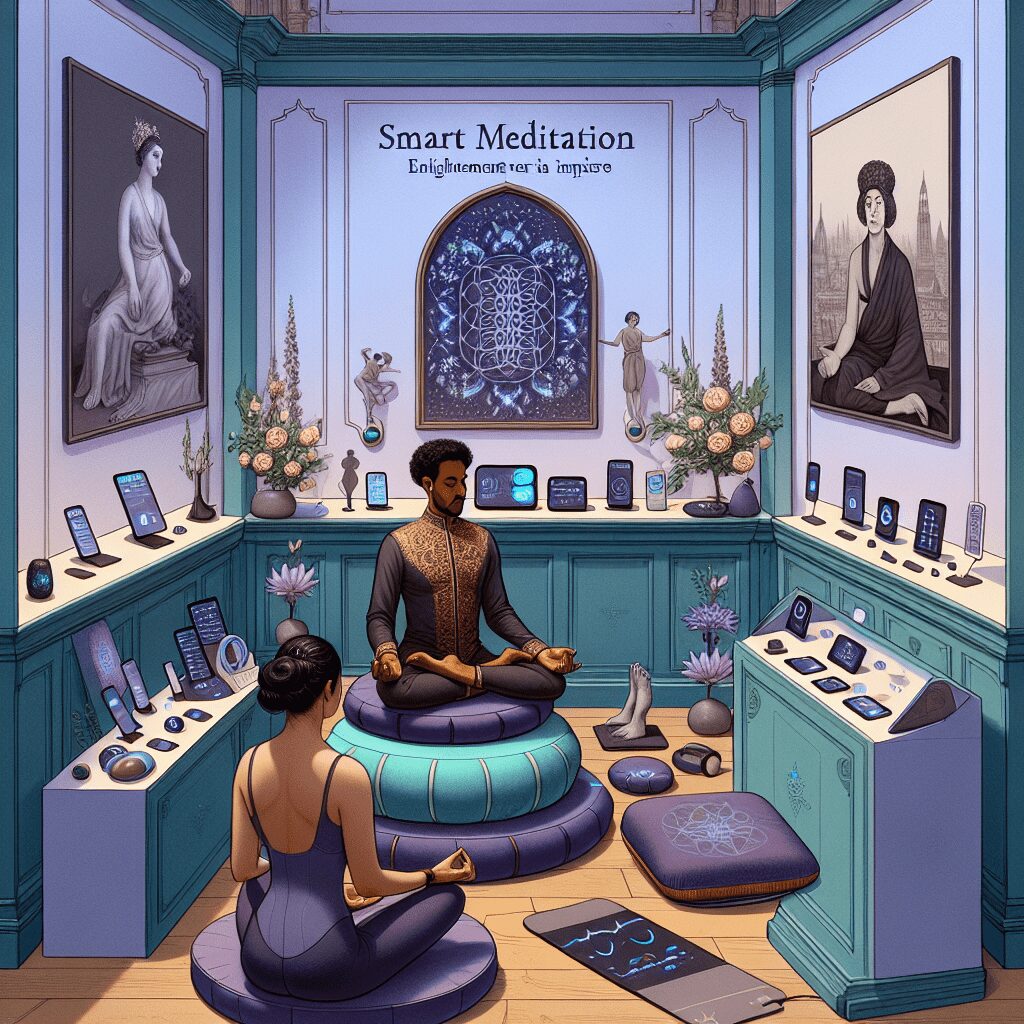
Prioritize your mental well-being daily. Enhance your life by nurturing your mental health with the Smart Meditation app. Break free from stress, alleviate anxiety, and enhance your sleep quality starting today.
Is It Okay To Meditate On A Chair?
Unraveling the Mysteries of Chair Meditation
In today’s whirlwind of a world, where the tick-tock of the clock reminds us of our ever-decreasing reservoir of time, finding moments of peace and tranquility can feel like searching for a needle in a haystack. Amidst this chaos, meditation emerges as a beacon of calm, offering an oasis of serenity. However, the stereotypical image of meditation—a person sitting cross-legged on the floor, eyes gently closed, in an almost ethereal state—can be quite intimidating, especially for those with physical limitations or simply, those who find the floor an unappealing prospect. This brings us to the burning question: Is it okay to meditate on a chair?
A Seat at the Table of Peace: Chair Meditation Demystified
Let’s cut to the chase—absolutely, yes! Chair meditation isn’t just a compromise; for many, it’s a preferred method of grounding themselves and aligning their chakras without the added worry of numbing legs or an aching back. This alternative approach dismantles the barriers to a meditation practice, proving that achieving Zen isn’t about the hows of physical positioning but rather about the whys and whats of mental positioning.
Embracing Flexibility in Your Practice
The beauty of meditation lies in its flexibility—its core essence thrives on adaptation, making it inclusive for all, irrespective of age, physical ability, or even available space. Here are a few golden nuggets on how to master the art of chair meditation:
-
The Perfect Perch: First things first, find a chair that supports your back without engulfing you. Your feet should rest flat on the ground, creating a stable tripod between your sit bones and feet, planting you firmly into the earth.
-
Alignment is Key: Though you’re taking your practice off the ground, the principles of posture remain paramount. Sit tall, imagine a string pulling you up from the crown of your head, gently tuck in your chin, and roll your shoulders back and down. This isn’t just about looking regal; it’s about facilitating the free flow of energy throughout your body.
-
Mind the Gap: A common faux pas is to lean against the back of the chair, creating a slouch that could rival Quasimodo. Instead, maintain a small gap between your back and the chair to encourage core engagement—a sneaky way to strengthen your abdominal muscles while meditating.
-
Hands in Lap: What to do with your hands? Well, avoid the temptation to turn this into a thumb-wrestling match with yourself. Rest your hands on your lap or knees, palms up for receptivity or down for grounding, symbolizing your intention for the session.
The Verdict: Chair Meditation Is a Resounding Yes!
At its heart, meditation is a personal journey, a subjective experience that dances to the rhythm of our unique needs and circumstances. The goal? To foster a state of mindfulness, improve concentration, ease stress, and above all, cultivate an inner sanctuary of peace. A chair merely extends an invitation to more people, welcoming them into the fold of meditation practitioners.
So, next time you find yourself pondering over the legitimacy of chair meditation, remember, it’s not about the seat; it’s about the sitter. Whether you’re nestled on a plush armchair or a simple kitchen stool, it’s the internal voyage that counts, not the vessel you choose to embark on it. Here’s to embracing chair meditation, a practice that undeniably confirms that achieving mindfulness is not about bending backwards (sometimes quite literally) but about leaning into the journey, one breath at a time.





